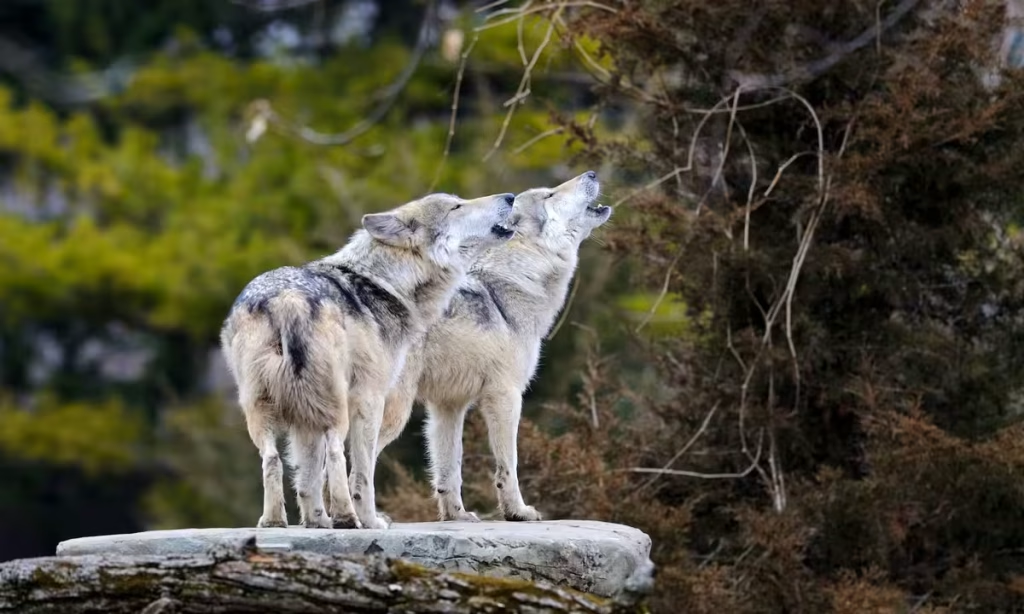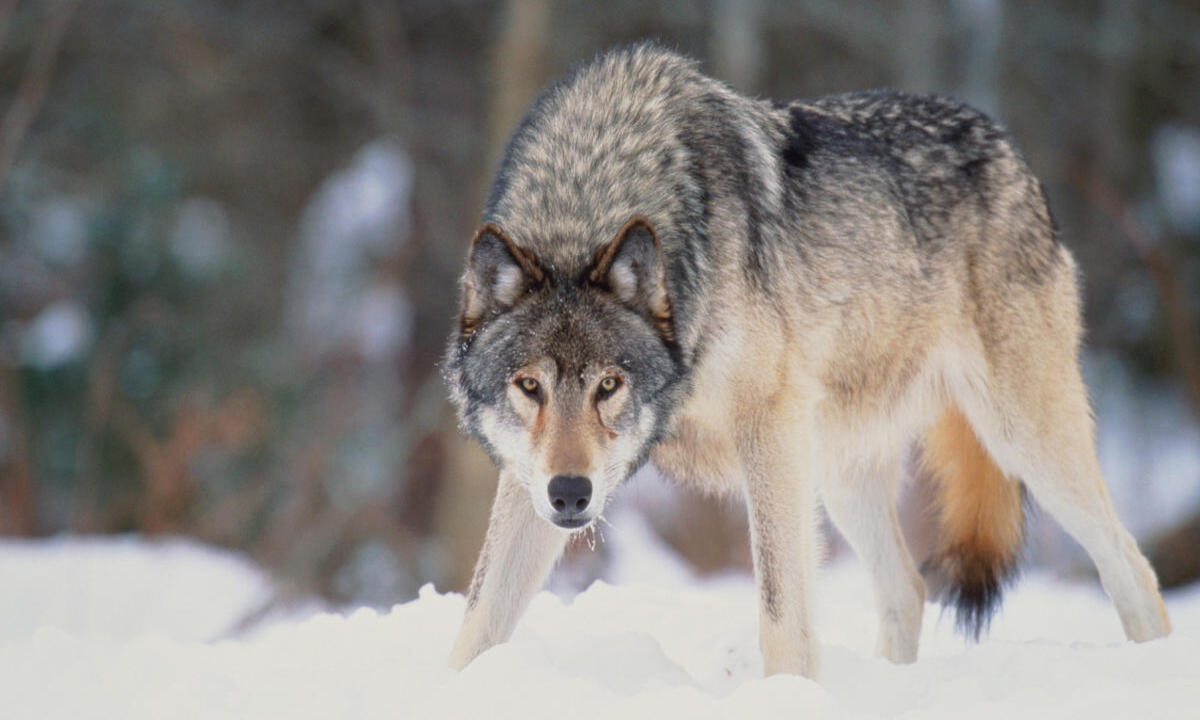Colorado, United States – The reintroduction of gray wolves to Colorado, initiated after voters approved Proposition 114 in 2020, is beginning to have a noticeable impact in areas like Western Fremont and northern Custer County. This controversial move, aimed at restoring ecological balance, is drawing mixed reactions, particularly from ranchers who face challenges with livestock predation.
One female wolf, tracked by the Colorado Department of Wildlife, has recently explored parts of Western Fremont County and briefly ventured into Custer County. She is one of the 29 confirmed gray wolves in the state. While this development reflects progress in wildlife conservation, it has sparked debates among locals and ranchers who voted overwhelmingly against the reintroduction.
Proposition 114: A Divisive Beginning
Passed by a slim margin of 50.91%, Proposition 114 mandated the reintroduction and management of gray wolves in Colorado. Supporters of the initiative argue that wolves help balance ecosystems by preying on overpopulated elk and deer, which, in turn, promotes the growth of vegetation like aspen and willow trees.
However, rural communities, particularly ranchers in areas like Fremont and Custer counties, have expressed strong opposition. In these regions, 67% of voters rejected the measure, citing concerns about livestock losses and the financial burden wolves could impose on ranchers.

Challenges for Ranchers
The financial impact of wolf reintroduction has already begun to surface. In 2024, ranchers across Colorado submitted claims totaling $582,000 for livestock losses due to wolves, including predation and stress-induced weight loss among herds. However, the state’s compensation fund only has $350,000, leaving ranchers with significant unreimbursed losses.
According to reports, wolves were responsible for killing 27 calves and cows, with 100 additional livestock reported missing. Beyond direct attacks, over 1,500 cows showed reduced birth rates and lower weight gain in areas frequented by wolves.
As a point of comparison, Montana, with a wolf population of around 1,000, averages 58 cattle and 41 sheep losses annually. However, Colorado’s larger human population and distinct geography make direct comparisons difficult.
Historical and Modern Context
Historically, wolves were not a significant threat to livestock in Colorado. Local newspapers from the late 1800s contain only a few references to wolf predation, with most mentions focusing on coyotes and other predators. By the early 1900s, Colorado’s wolf population had been nearly eradicated due to widespread hunting and the near extinction of their primary prey, elk and bison.
Today, the growing wolf population represents a new challenge for ranchers who must adapt to coexist with the predators. The Colorado Division of Wildlife has been working with ranchers to mitigate conflicts. In one instance, a wolf pack that had been preying on calves was relocated to a different area to prevent further losses.
Balancing Ecology and Economy
Supporters of wolf reintroduction maintain that the predators play a vital role in maintaining ecological balance. By culling weak and diseased deer and elk, wolves promote healthier herds and allow vegetation to recover from overgrazing. This, in turn, benefits the broader ecosystem.
However, the financial strain on ranchers and the broader rural-urban divide on the issue continue to fuel heated debates. For many rural residents, the reintroduction of wolves is seen as an imposition from urban voters who do not bear the economic consequences.
Moving Forward
As Colorado navigates this controversial issue, efforts are underway to balance the needs of ranchers, wildlife, and conservationists. Wildlife officials are exploring ways to expand the compensation fund and improve communication with ranchers. Education initiatives aim to promote coexistence and reduce conflicts between wolves and livestock.
While the challenges are significant, the presence of gray wolves in Colorado marks a turning point in the state’s history. How the state manages this complex relationship between humans, livestock, and wildlife will shape its ecological and economic future.
Disclaimer—Our team has checked this article to ensure its accuracy and eliminate any misinformation. We are committed to providing clear and reliable information for our readers.




